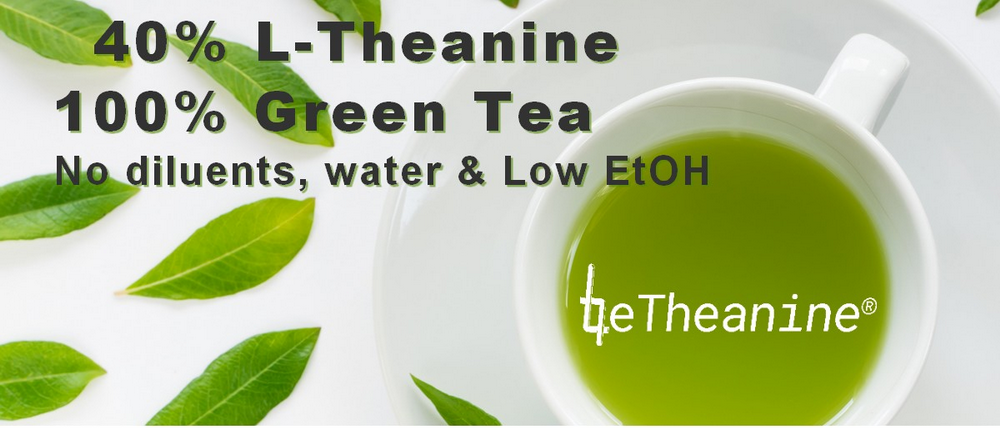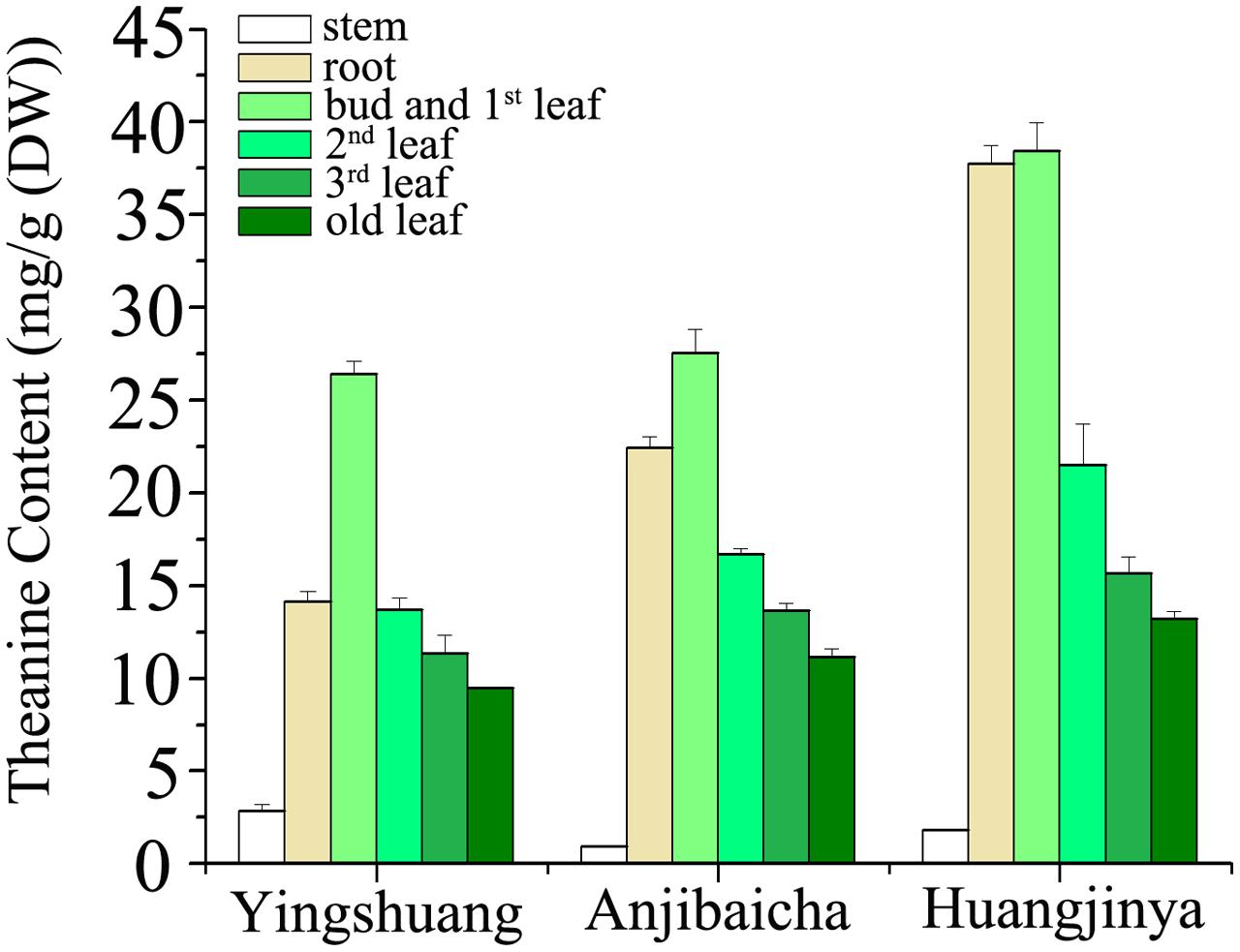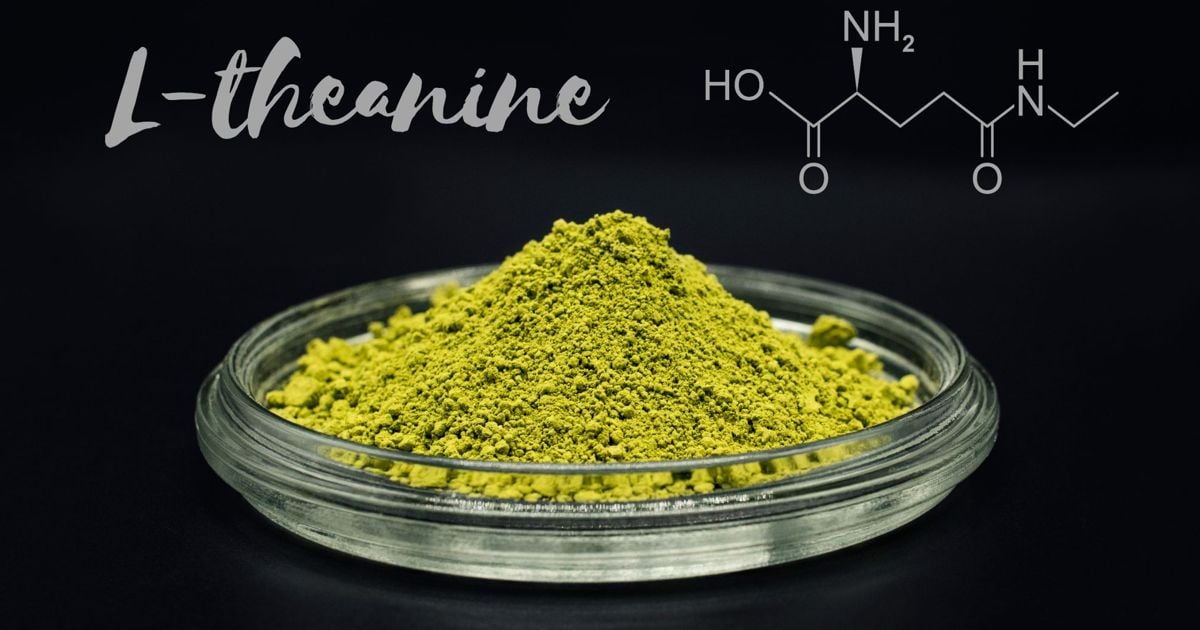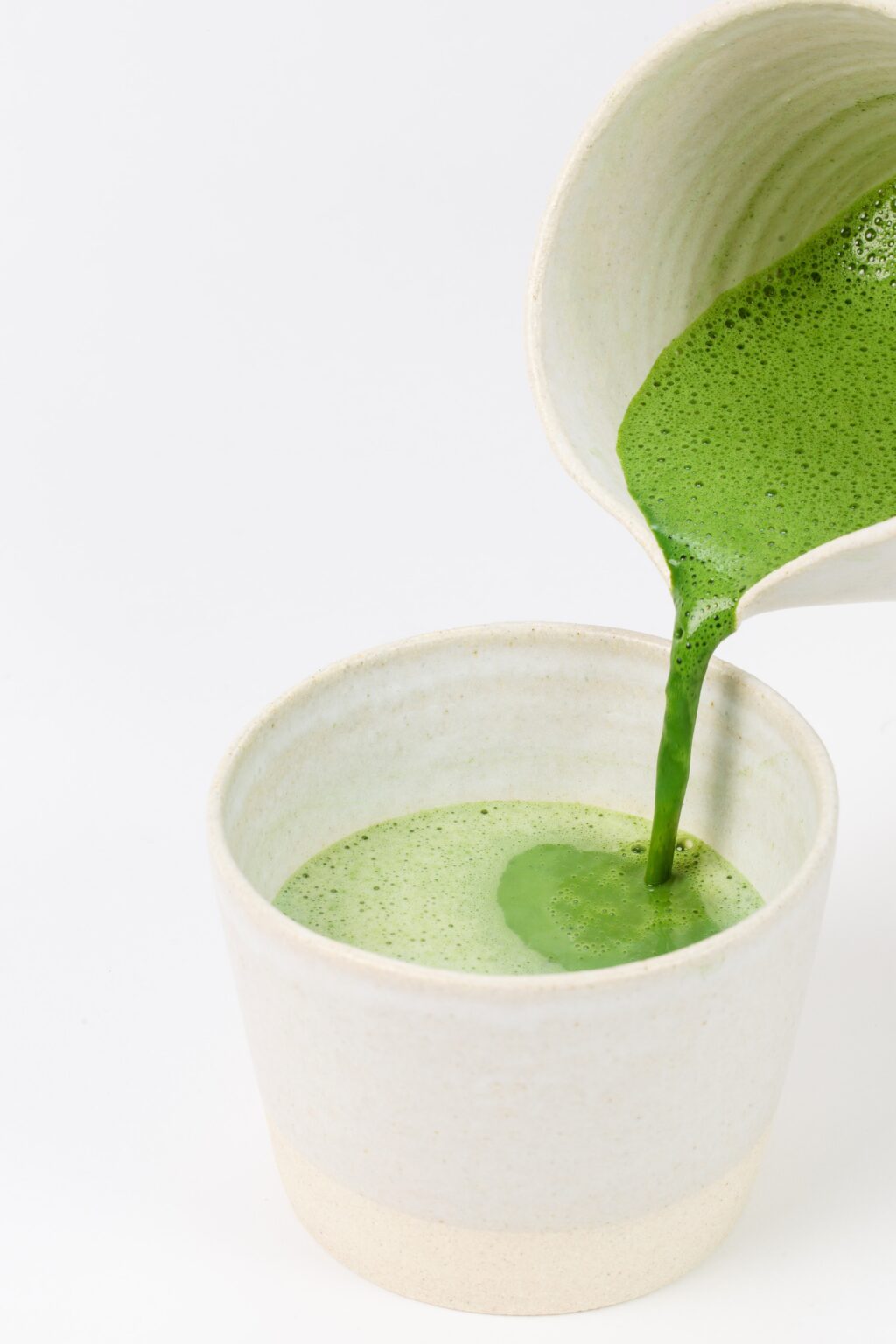Content Menu
● Introduction
● Chemical Composition and Structure of L-theanine in Green Tea Extract
● Quantitative Analysis of L-theanine Content
● Factors Affecting L-theanine Concentration
>> 1. Cultivation Conditions
>> 2. Processing Methods
>> 3. Tea Plant Variety
● Extraction Methods and Optimization
● Health Benefits and Applications
>> 1. Cognitive Function
>> 2. Stress and Anxiety Management
>> 3. Cardiovascular Health
● Quality Control and Standardization
● Future Research Directions
● Conclusion
● Frequently Asked Questions
Introduction
Green tea extract has emerged as one of the most studied natural compounds in modern nutritional science, with L-theanine being a key component that has garnered significant scientific interest. L-theanine, discovered in 1949, is a unique amino acid that exists naturally in Camellia sinensis (tea plant) and contributes to both the characteristic umami taste of green tea and its numerous health benefits. This comprehensive analysis explores the concentration, composition, and significance of L-theanine in green tea extract, while examining the various factors that influence its content and bioavailability.

Chemical Composition and Structure of L-theanine in Green Tea Extract
L-theanine is a non-proteinogenic amino acid that represents a significant portion of the free amino acid content in green tea leaves. The molecular structure of L-theanine is particularly interesting as it can cross the blood-brain barrier, which contributes to its notable neurological effects. In green tea extract, L-theanine exists exclusively in its free form, making it readily available for absorption by the human body. The compound's chemical structure enables it to interact with various neurotransmitter systems, particularly those involved in stress reduction and cognitive enhancement.
Quantitative Analysis of L-theanine Content
The concentration of L-theanine in green tea extract varies significantly based on multiple factors. Research has shown that L-theanine typically constitutes between 1-2% of the dry weight of tea leaves, with green tea varieties generally containing higher concentrations compared to other tea types. The distribution of L-theanine within the tea plant is not uniform, with different parts of the plant showing varying concentrations.

Factors Affecting L-theanine Concentration
Several key factors influence the L-theanine content in green tea extract:
1. Cultivation Conditions
◆ Soil composition and fertility
◆ Climate and environmental factors
◆ Cultivation altitude
◆ Seasonal variations
2. Processing Methods
◆ Harvesting time and technique
◆ Processing temperature
◆ Storage conditions
◆ Extraction methods
3. Tea Plant Variety
◆ Genetic factors
◆ Plant age
◆ Cultivation region
◆ Growing conditions

Extraction Methods and Optimization
The extraction of L-theanine from green tea is a critical process that affects the final concentration in green tea extract products. Various extraction methods have been developed and optimized to maximize L-theanine yield while maintaining its structural integrity and bioactivity. Water temperature, extraction duration, and the ratio of water to tea leaves are crucial parameters that influence the extraction efficiency.
Health Benefits and Applications
The presence of L-theanine in green tea extract contributes to numerous health benefits:
1. Cognitive Function
◆ Enhanced mental focus
◆ Improved attention span
◆ Better memory retention
2. Stress and Anxiety Management
◆ Reduced stress levels
◆ Improved relaxation
◆ Better sleep quality
3. Cardiovascular Health
◆ Blood pressure regulation
◆ Improved circulation
◆ Antioxidant effects

Quality Control and Standardization
The standardization of L-theanine content in green tea extract products is essential for ensuring consistent quality and therapeutic effects. Various analytical methods are employed to quantify L-theanine content, including:
◆ High-Performance Liquid Chromatography (HPLC)
◆ Mass Spectrometry
◆ Spectrophotometric analysis
◆ Amino acid analyzers
Future Research Directions
Current research continues to explore new aspects of L-theanine in green tea extract, including:
◆ Novel extraction technologies
◆ Bioavailability enhancement methods
◆ Synergistic effects with other compounds
◆ Clinical applications in various health conditions
Conclusion
The content of L-theanine in green tea extract is a complex subject influenced by numerous factors, from cultivation conditions to processing methods. Understanding these variables is crucial for optimizing the extraction and utilization of this beneficial compound. As research continues to unveil new aspects of L-theanine's properties and benefits, its importance in both traditional and modern applications continues to grow.
Frequently Asked Questions
Q: What is the average L-theanine content in green tea extract?
A: The L-theanine content typically ranges from 1-2% of the dry weight of tea leaves, with concentrations varying based on processing methods and tea variety.
Q: How does processing affect L-theanine levels in green tea extract?
A: Processing temperature, duration, and methods significantly impact L-theanine levels, with gentle processing methods generally preserving higher concentrations.
Q: Which form of green tea contains the highest L-theanine content?
A: High-quality shade-grown green teas, particularly gyokuro and matcha, typically contain the highest concentrations of L-theanine.
Q: How stable is L-theanine in green tea extract during storage?
A: L-theanine is relatively stable in properly stored green tea extract, though exposure to high temperatures and humidity can degrade its content over time.
Q: What is the best method to extract L-theanine from green tea?
A: Water extraction at approximately 80°C for 30 minutes with a water-to-tea ratio of 20:1 has been found to be optimal for L-theanine extraction.































